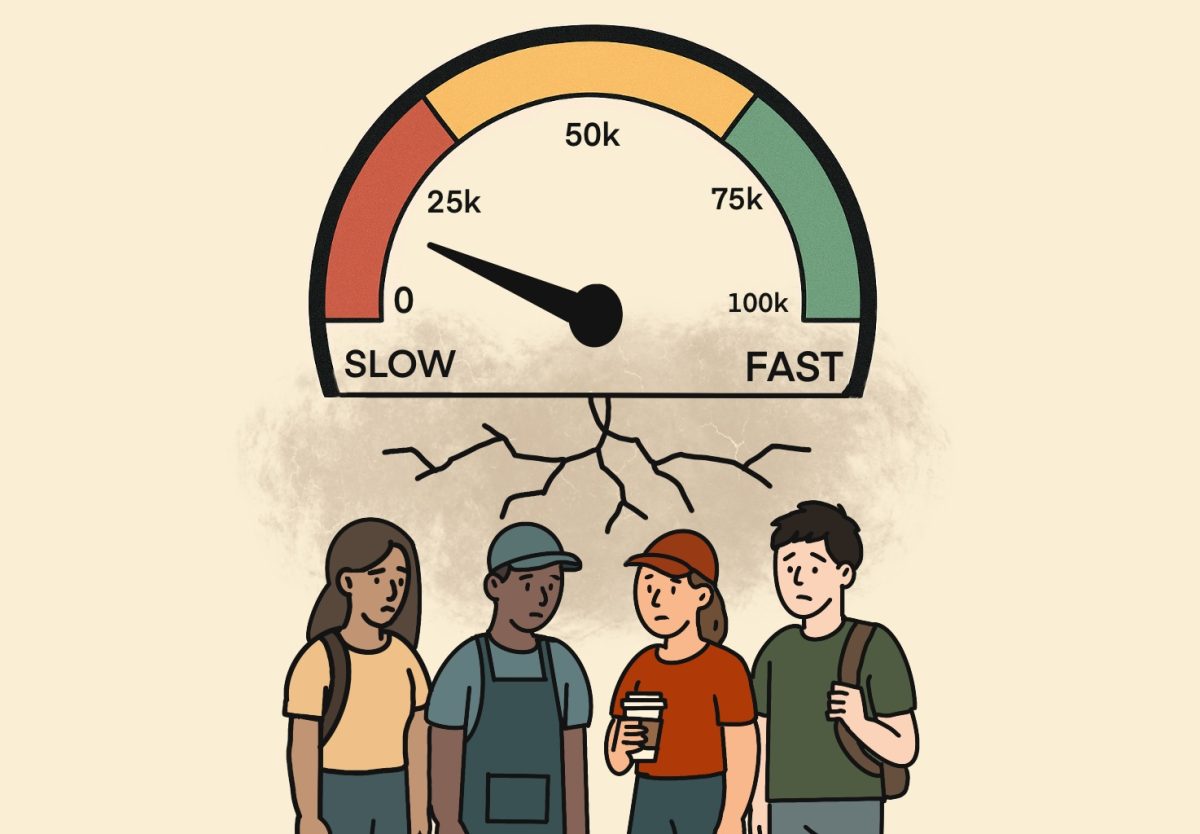As part of the APS redistricting effort, Superintendent Erroll Davis established on April 10 the cluster of schools that would feed into Grady. Because Inman was set as the only middle school in the Grady cluster, Inman’s population now exceeds its capacity established by APS.
“Continued uncertainty about how to manage growth effectively at the middle school level continues to exist in this cluster,” Davis wrote in his final redistricting and closure recommendations. “Growth rates must be monitored and solutions defined, during the next two-three years.”
Instead of defining these solutions in the report, Davis and APS board member Cecily Harsch-Kinnane gathered a group of representatives from the schools in Grady’s cluster, named them the Inman Capacity Task Force and entrusted them to propose long-term solutions to relieve the stress at Inman.
Harsch-Kinnane selected both a PTSA and a local school council member to represent each school on the task force. In addition, Davis appointed two community members of his own choosing to the group.
Carolyn Wood, who is a parent of both a former and current Grady student, was one of Davis’s appointees to the task force. She said that while the capacity for Inman defined by APS is 875 students, Inman’s student population is currently over 1,000. As a result, Inman constructed additional portable classrooms this summer. Inman counselor Sharon Walz said these trailers are only a temporary solution that will be utilized until APS invokes a more permanent solution.
“What made [Inman] overcrowding was the redistricting,” Walz said. “They redrew the zone lines, so that meant we had to be able to accommodate more kids. [The trailers] have accomplished this. They’ve allowed us to accommodate more kids.”

Inman began constructing the trailers in June, and the trailers are now mostly completed, with the exception of a few minimal additions that are still being worked on, Walz said. The entire 7th grade is currently conducting classes in these trailers.
Mark Washington, 7th grade Social Studies teacher, said he feels fine about teaching in the trailers, although he admits to imperfections, such as the delay of getting the Promethean boards, projectors, and lockers situated in the trailers. Furthermore, since 7th grade students are forced to travel outside while transitioning between classes, bad weather could cause issues, Walz said.
“It took time and patience to get everything we needed in the [trailers],” Washington said. “As soon as my projector is mounted, I’m good.”
Although Davis expressed minimal concerns in his redistricting report toward the long-term effects of rezoning on Grady’s capacity, statistics reveal a more drastic outcome for Inman. APS demographers project that if the Grady cluster remains status quo, Inman’s student population will continue to increase every year and by 2020 will be more than 50 percent over its capacity. The Inman Capacity Task Force, which began meeting on July 10, will continue to gather once every two weeks to propose long-term solutions to this problem.
“There will be a recommendation given to the superintendent at the end of October, and I doubt that there will be one idea given to him,” Wood said. “There’s just too many people at the table for there to be one idea that’s going to fit everyone’s need. I think there will probably be several ideas with pros and cons listed, and I think that’s what he’s looking for.”
During a task force meeting on Aug. 7, APS board member Harsch-Kinnane said the group is not meant to vote on a final decision for how to proceed, but rather they will provide input into a thoughtful recommendation to Superintendent Davis.
Wood said the task force is currently discussing several potential solutions. These include the establishment of a separate academy for either 6th or 8th grade, the transformation of a school into one that can hold students from kindergarten to 8th grade, or the creation of an entirely new middle school.
Wood said the parents have been vocal and involved during the process of investigating these options because the communities all recognize the importance of their local public schools. For example, when discussing the option of developing a new middle school, Wood said parents from different communities disagreed over where the new school would be located and which elementary schools would feed into it.
“[Discussions] have at times created some tensions between communities, but I think this task force has made a real good effort to try to come together, understand everyone’s perspective and see where we might find common ground,” Wood said.
In fact, Wood believes community involvement is a huge positive takeaway from the entire process.
“I really think it’s a great opportunity for us to be part of the process,” Wood said. “This is what people in the community have asked from Atlanta Public Schools; let the parents be part of the process, be open, transparent. I think that’s what we’re seeing here.”








Kristen Howard • Aug 30, 2012 at 9:16 am
Do you think Grady is overcrowded?